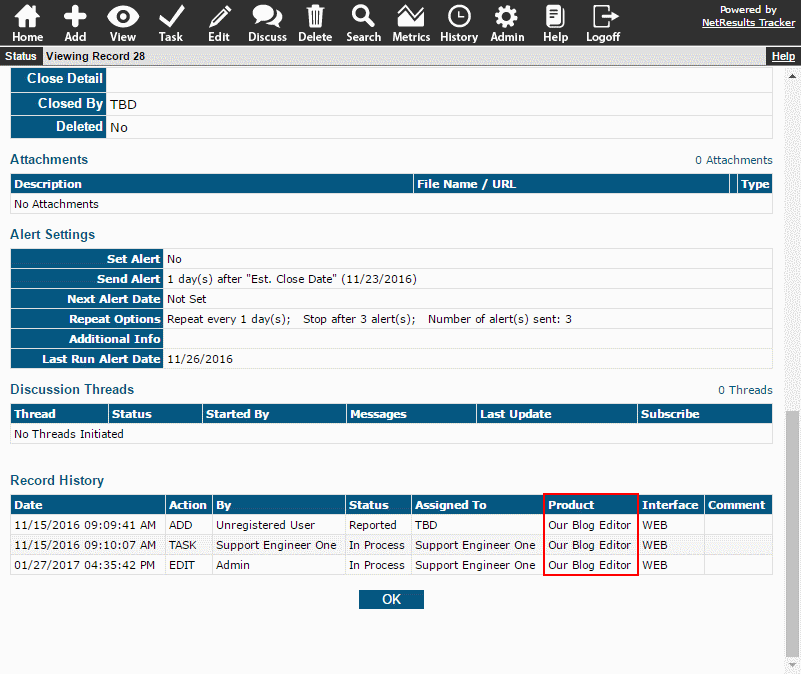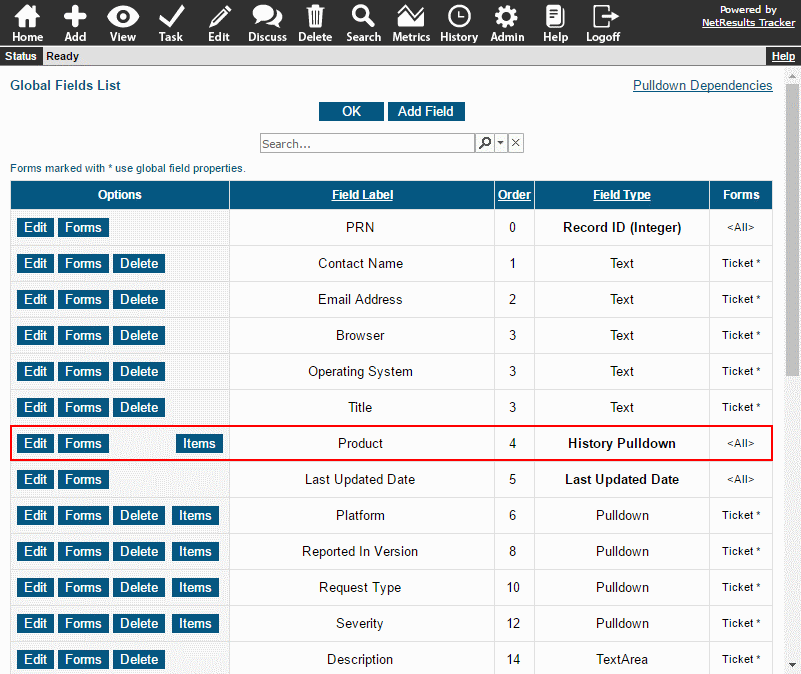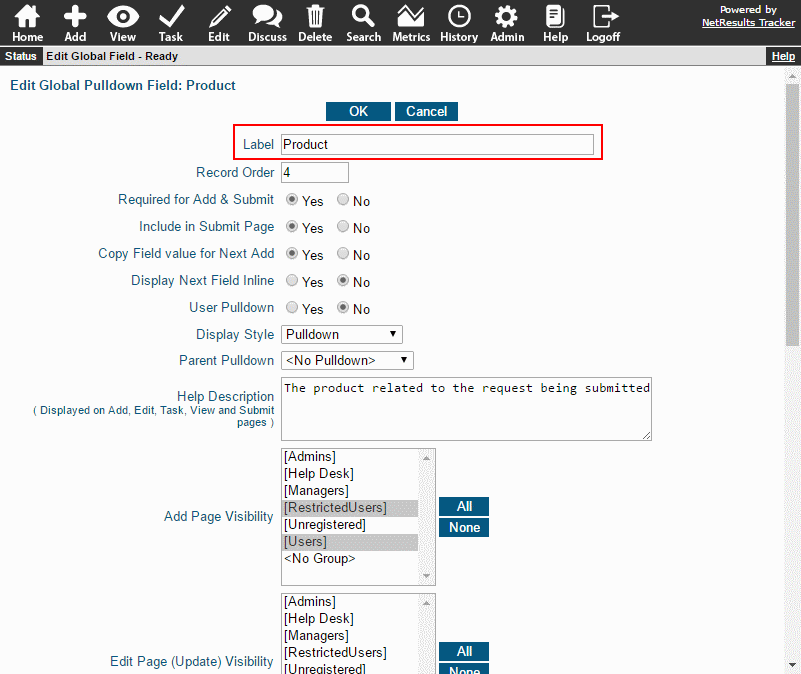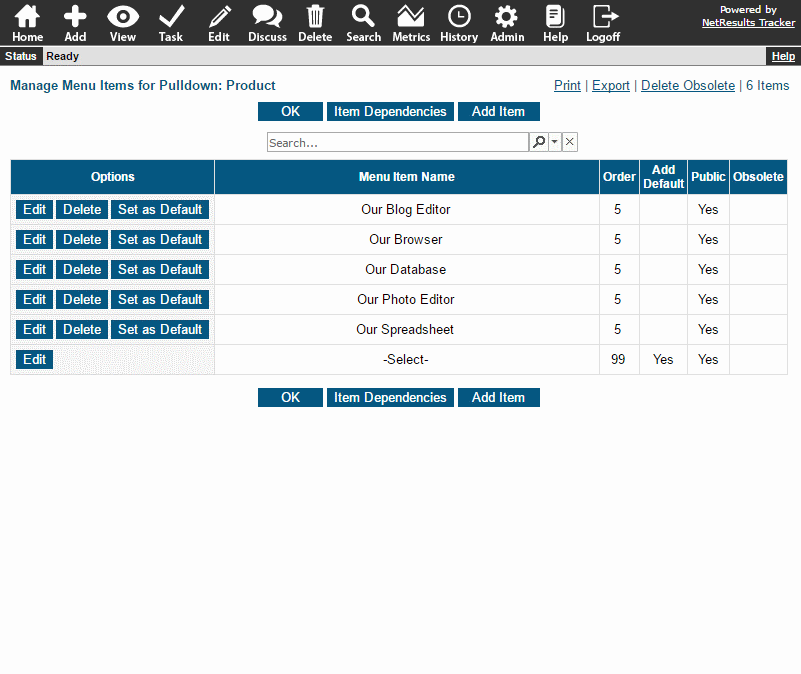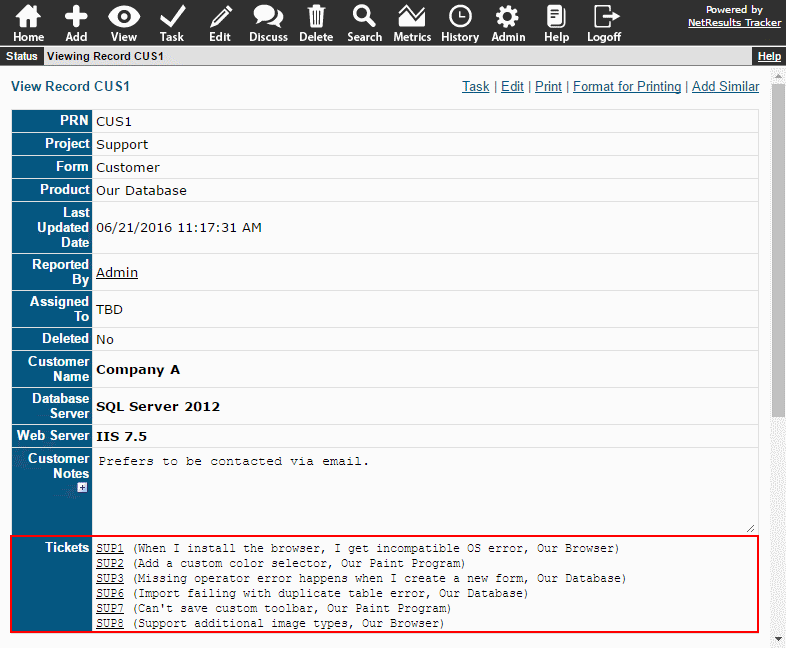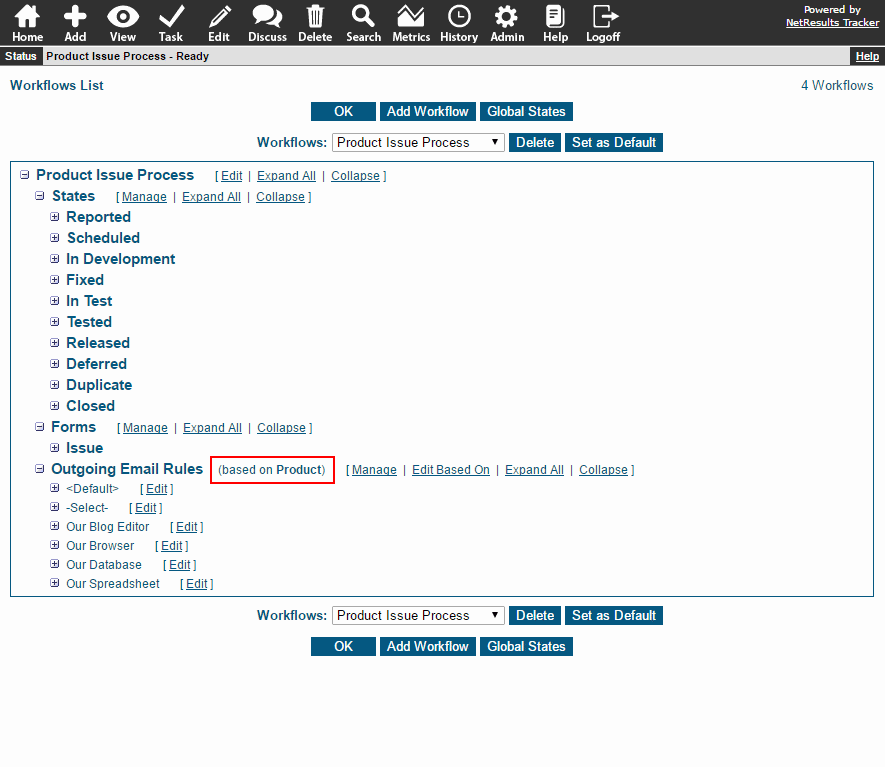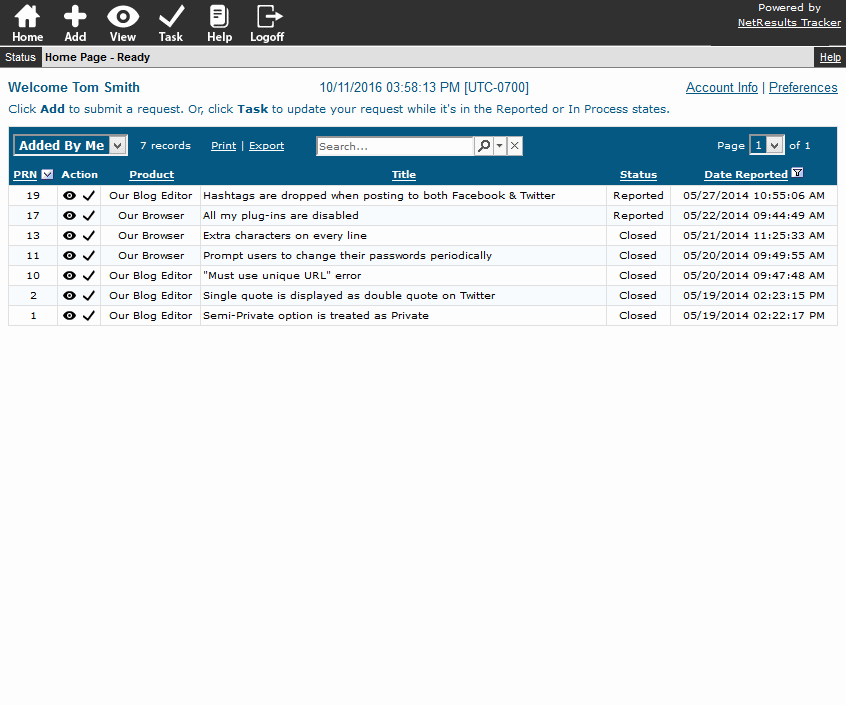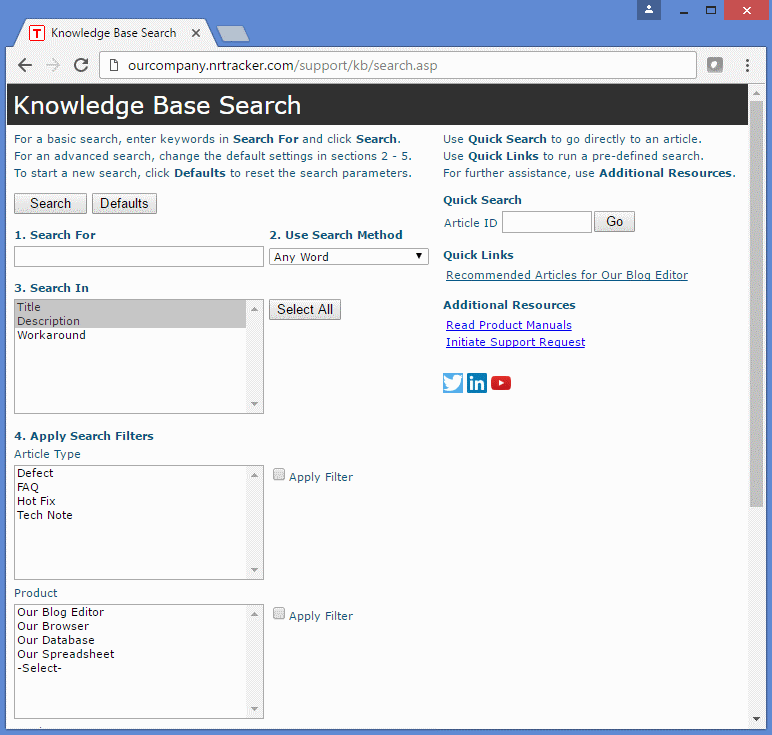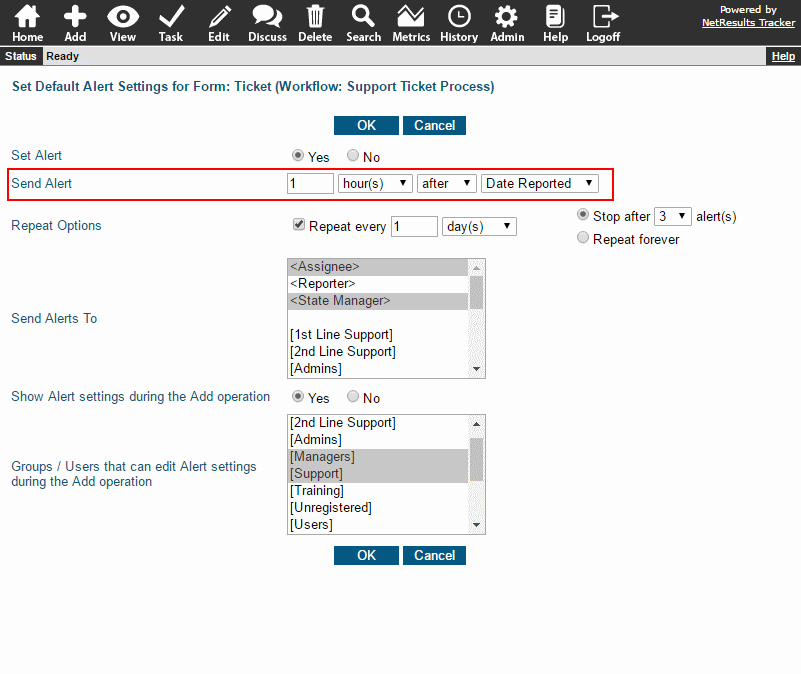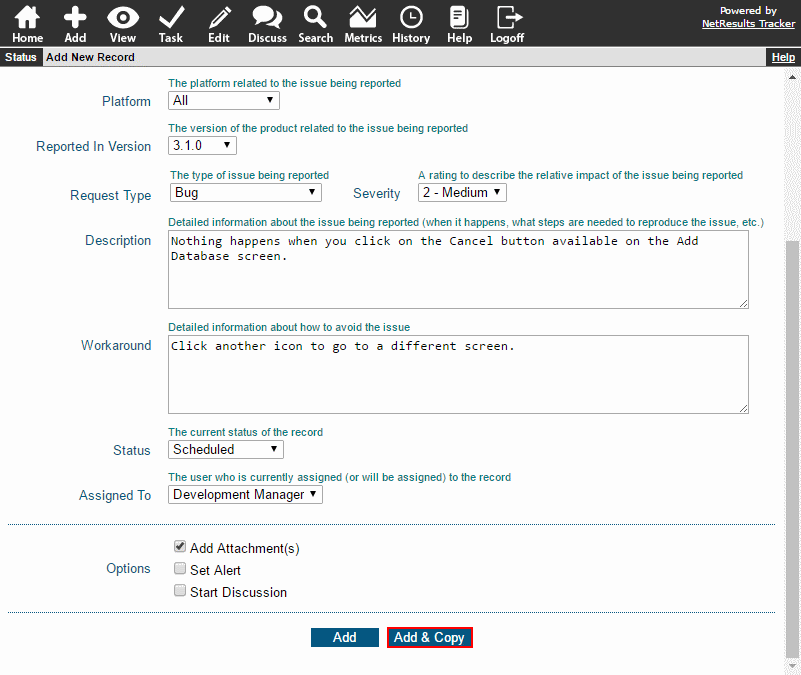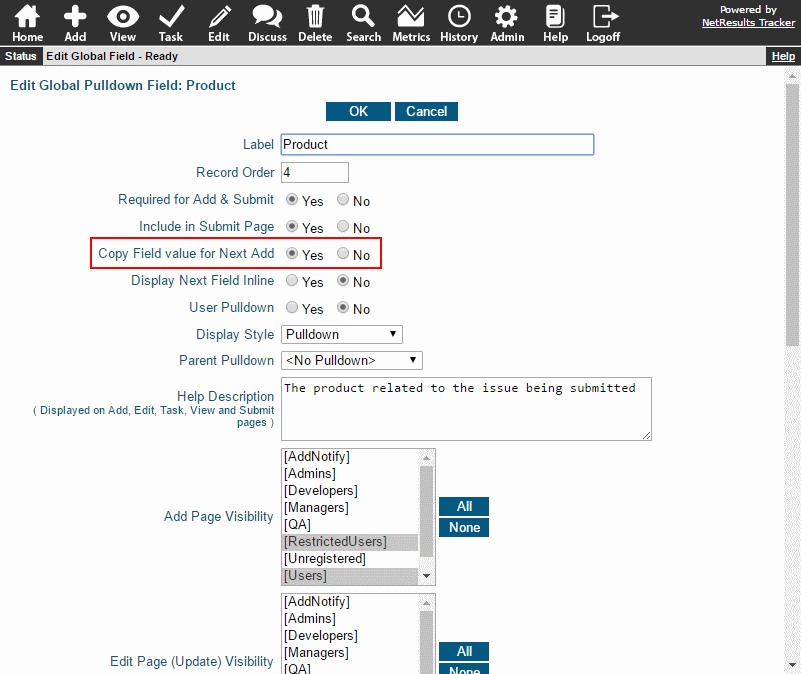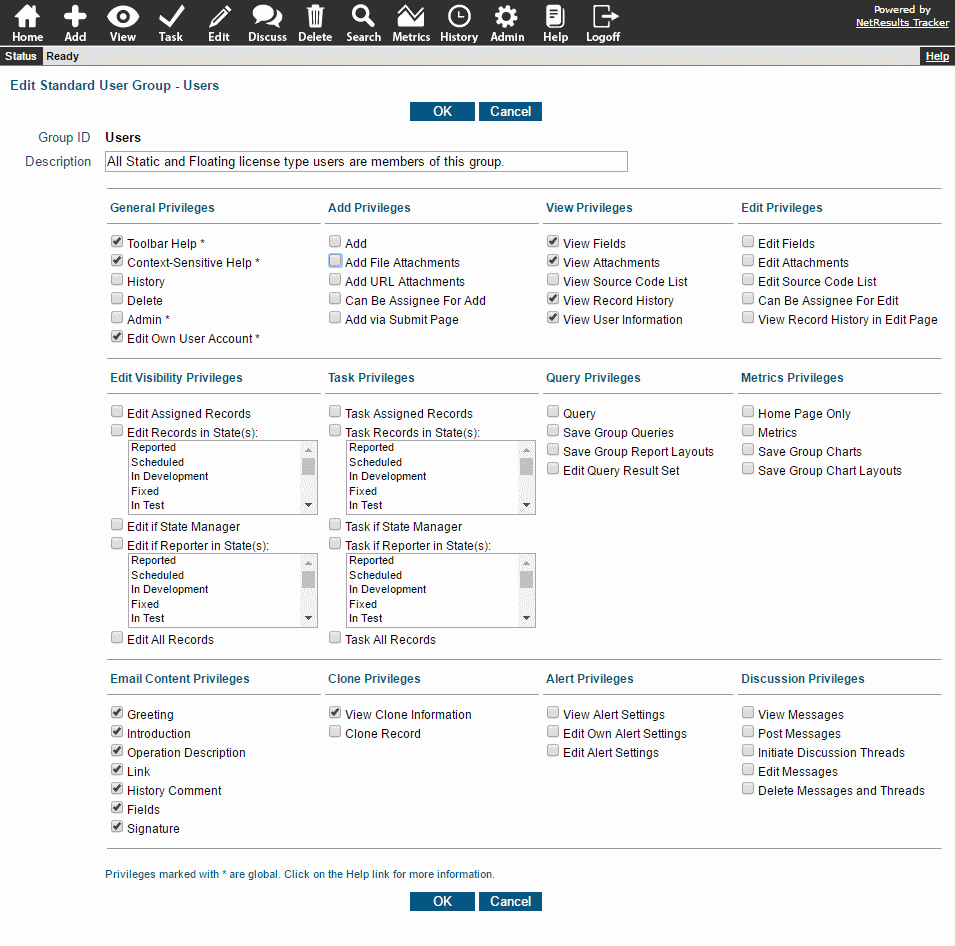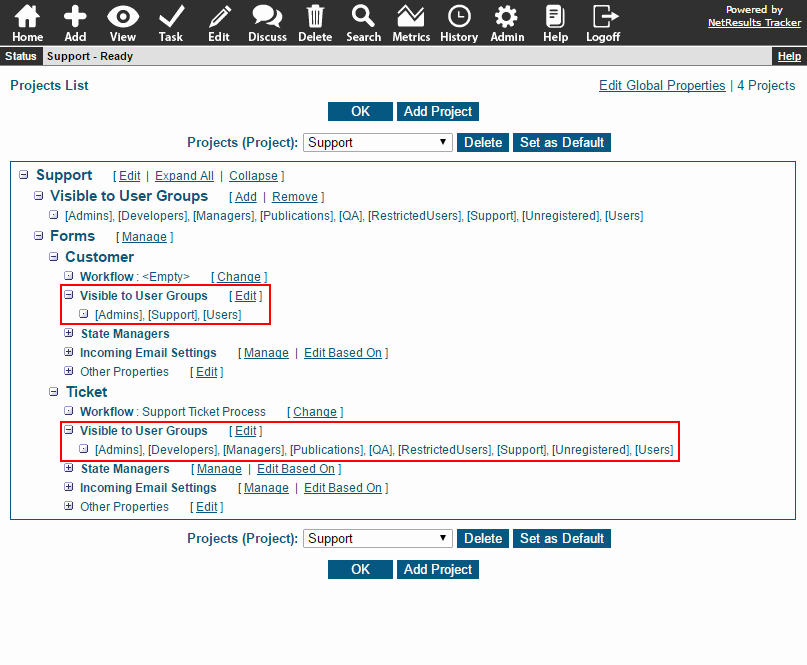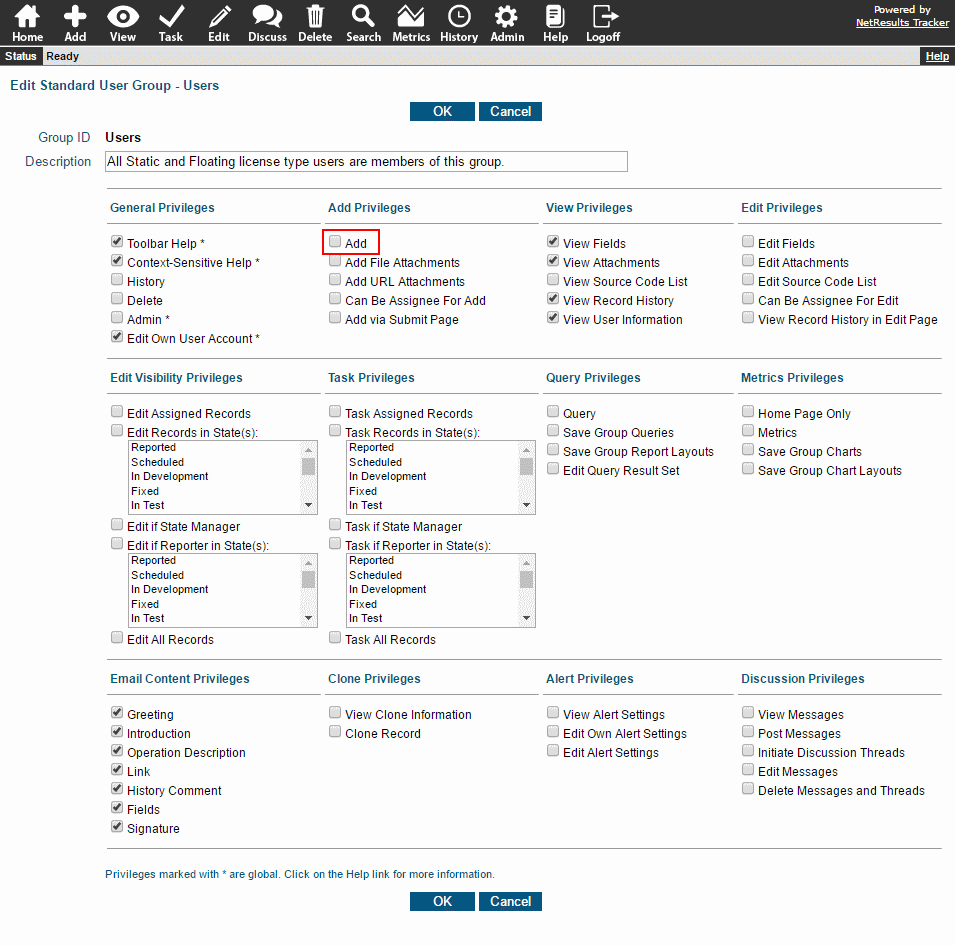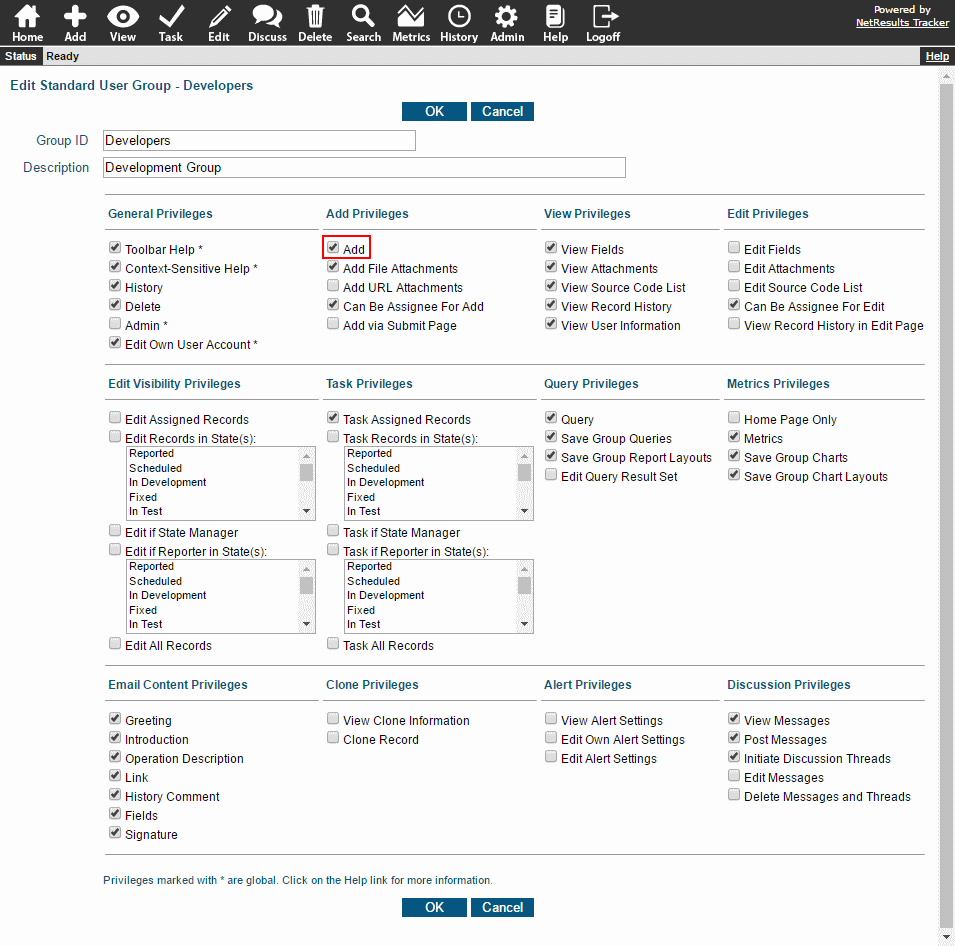Following up on an earlier post with more best known methods for delivering extraordinary support via Tracker.
Choose an Assignment Option
Flexibility is one of the biggest strengths of Tracker's workflow engine. Here are a few of the many ways to assign tickets. Click on the link to see details for setting up the option:
- Assign to a Queue or Group
- Assign Based on Product, Project or Another Key Field
- Assign to a Dispatcher
The Workflows section of the Getting Started Guide discusses other options. You can also contact Technical Support if you need help configuring your workflow.
Capture Data for Metrics
Build in fields that will collect data you can analyze via the Metrics feature:
- Add a "Fixed By" field to save which engineer resolved each issue to run performance reports. This blog post explains how to set up a User Pulldown.
- Use a Time Spent field to track how much time was spent on each ticket.
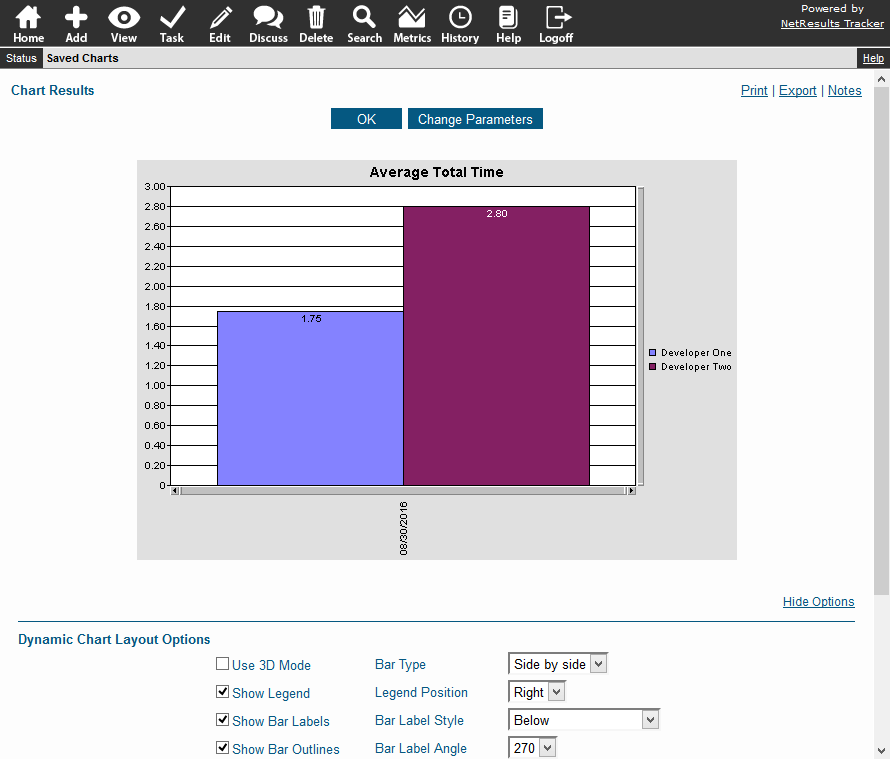
Open Up Lines of Communication
Use the Discussion feature to allow engineers to have a conversation about a ticket for faster troubleshooting and sharing of best practices. Customers can also use this feature as a quick means of providing additional information needed to resolve an issue.
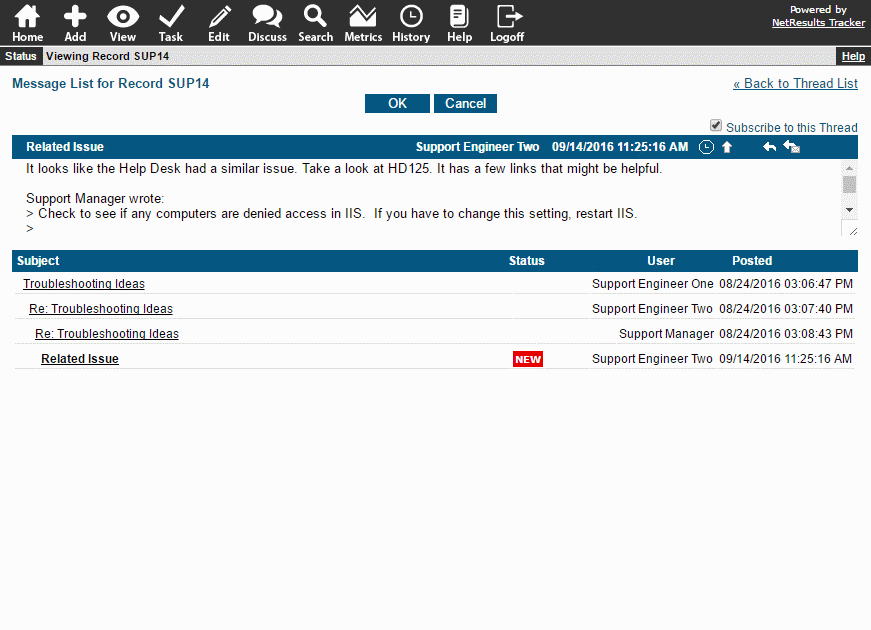
For more information, check out the Discussion section of the Online Help Guide.

